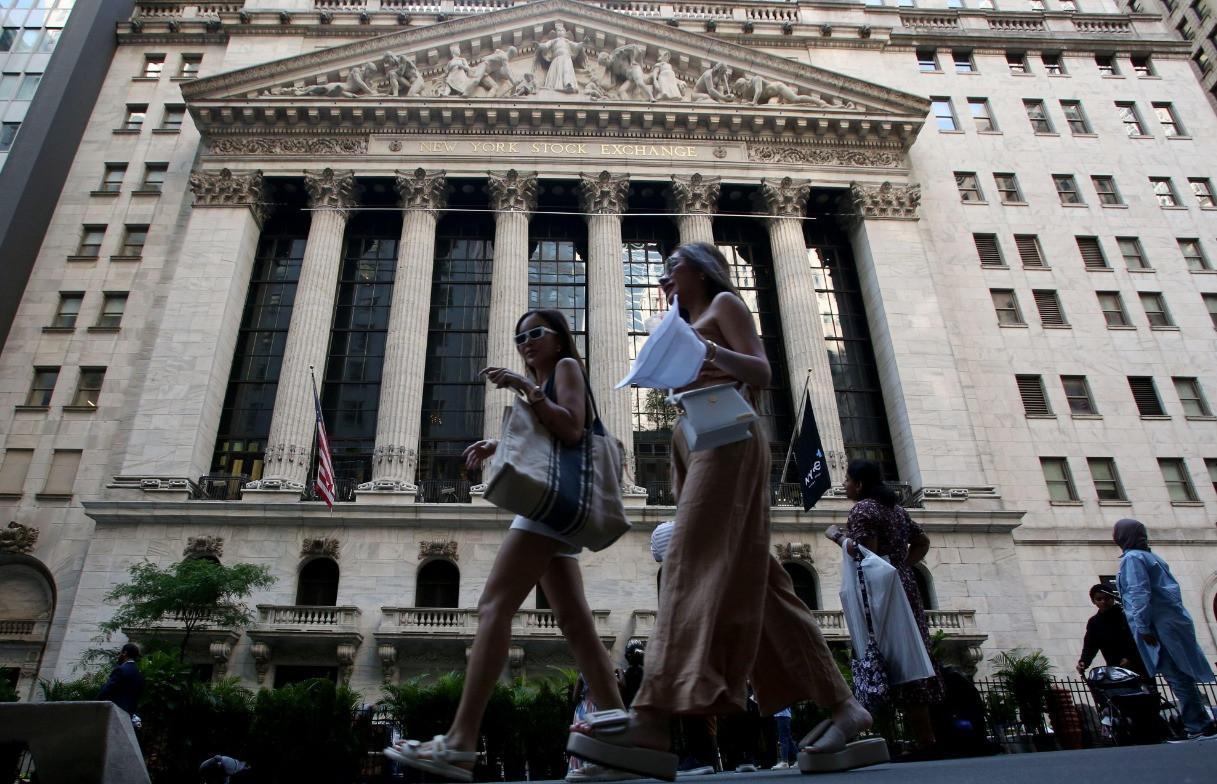Central banks diverge over regional challenges
WASHINGTON

In Washington they paused; in Frankfurt they hiked; and in Beijing, they cut.
Central bankers in three of the world's key economic regions have unveiled divergent monetary policies this week as they each contend with their own challenges.
This week's moves reflect not only the different economic headwinds faced by the Eurozone, the United States and China, but also where they are in their cycle of monetary policy.
The U.S. Federal Reserve began rapidly and aggressively raising rates in March last year, while the European Central Bank (ECB) adopted a more gradual approach to monetary tightening.
China's situation is markedly different than the United States and the Eurozone, with rate cuts on the menu as policymakers move to tackle lackluster economic growth and soaring youth unemployment.
On June 14, the US Federal Reserve paused its aggressive campaign of interest rate hikes after 10 straight increases, which brought its benchmark lending rate from close to zero to a range between 5 and 5.25 percent.
A day later, the ECB took a more proactive decision as it pushed ahead with another quarter percentage-point interest rate hike to tackle sticky inflation, raising its key lending rate to a 22-year high of 3.5 percent.
The ECB's updated economic forecasts also indicated additional hikes on the horizon.
"Unless there is a material change to our baseline, we will continue to hike at our next meeting," ECB chief Christine Lagarde told journalists after the bank raised rates up to their highest level since 2001.
"So we're not thinking about pausing," she said.
Also on June 15, the People's Bank of China (PBC) announced it was cutting a key lending facility by 10 basis points to 2.65 percent, and extending 237 billion yuan ($33 billion) of fresh funding to lenders "to maintain reasonable and sufficient liquidity in the banking system."
Both the Fed and the ECB have indicated they expect more monetary tightening will be needed to bring inflation back under control.
"Our baseline remains for a final 25bp rate hike in July, with the Fed then remaining on hold into early 2024," Deutsche Bank economists wrote in a note to clients after the decision.
Others see U.S. rates going even higher.
"We expect 25bp rate hikes in July and September, though a delay in the second hike to November is also possible," Bank of America economists wrote in a note to clients.
In Europe, analysts say the ECB's updated economic forecasts point to at least two additional hikes.
The message from China has been starkly different, as policymakers at the PBC look to reignite the world's second-largest economy after months of underwhelming data.
Beijing has kept interest rates low compared with other major economies, but near-zero inflation highlights challenges faced by officials trying to stimulate growth.
"All the data points so far sent consistent signals that the economic momentum is weakening," Zhiwei Zhang, president of Pinpoint Asset Management, said.
"I don't predict a crisis, but I do think we're in for several months -- if not a year or more -- of somewhat slow, weak growth in China," commented Joseph Gagnon from PIIE.
















